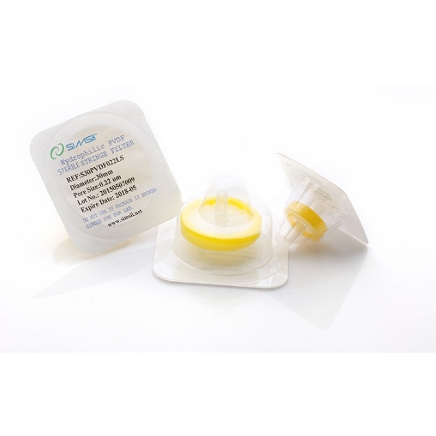Western blotting is a term that refers to an analytical technique used for protein detection in a sample. Biological samples are transferred from a gel to a membrane to be detected closely on its surface. This is a routinely used process for protein analysis that provides semi-quantitative and quantitative data about the given samples. To ensure accuracy of this process, choose the best type of membrane for delivering desired signals. It must resist non-specific and background binding at the same time. The selection widely depends on properties of protein samples and downstream detection expected from the process.

Factors for Selecting PVDF Membrane in Western Blotting:
There are two main types of membranes preferred for western blotting. They are nitrocellulose and PVDF or Polyvinylidene Difluoride membranes. Choosing the best option among these two needs consideration of specific factors given below:
Assess the Protein Binding Capacity:
When you need higher sensitivity in the results, prefer using PVDF filters due to their high protein binding capacity. These filters have a capacity of 170-200 μg/cm2. This capacity allows a PVDF syringe filter to detect low-expressed proteins. During antibody detection step with the help of PVDF membrane, you’ll get a high background noise as well. On the other hand, background noise may be slightly lower in nitrocellulose filters but they can’t allow detection sensitivity of PVDF.
Assess the Physical Features:
PVDF filters are known to be much more durable and strong than most of other filter types. They offer a better chemical resistance for sequencing purposes. You can strip and reprobe these membranes without causing loss of signals. When subjected to harsh chemicals, PVDF filters can sustain the treatment and remain resilient. So, check its physical characteristics in the product literature before making a final selection.
Ask About the Pore Sizes:
Typically, both nitrocellulose and PVDF Syringe filter can be found in various pore sizes. You must choose an appropriate size according to the physical characteristics of your sample. The sizes may range from 0.1 um to 0.45 um. For most of the western blotting applications, pore sizing of 0.45 is ideal. But, prefer using pore sizes of 0.1 or 0.2 um for samples having low molecular weight.
Assess Binding Properties and Membrane Format:
Protein molecules will bind to PVDF membranes using dipole and hydrophobic interactions. So, check this feature carefully when making a selection. Here, you must also consider membrane format to be used in the process. It depends on flexibility, price, convenience, and transfer system to be used. Choose pre-wetted filters for more throughput, convenience, and flexibility in applications. Pre-cut membranes are a viable choice to reduce process timing and ensure higher reproducibility.
So, when detecting proteins with high molecular weight, PVDF filters are the best option to get desired results from applications.


